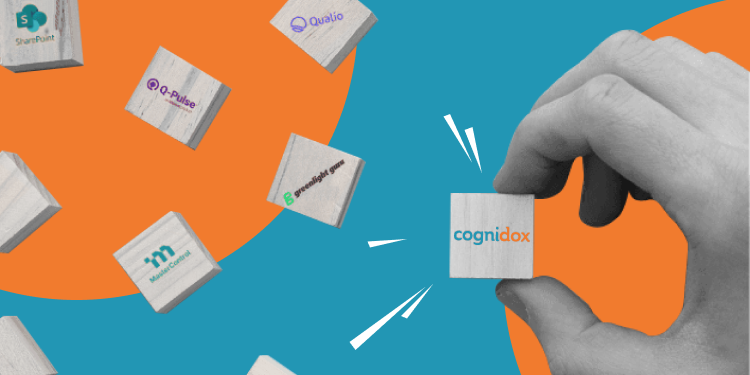Duplication and inconsistencies
Engineering documents in complex product development can be some of the most difficult to manage. They typically undergo many revisions from multiple team members as design and development progresses.
‘Wrong version’ pitfall refers to the scenario where the next development step is advanced off of a version of a file that isn’t the latest or isn’t the correct one.
For example, even a small change to an early design can have significant effects on the development and manufacture of the product. If development work is based on a version of the design made prior to that change, much of it could be unusable.
Depending on how much work is done after this misstep or how fundamental the missed revisions are, this can be a very costly mistake.
Were the latest changes saved with an inconsistent file name or somewhere unexpected by accident?
A document management system can double up as a project management software, making it easier to collaborate with consistency and a common language.
Wasted engineering effort
Engineering time is expensive. It must be managed and used efficiently. When time is wasted, it slows the entire product development process. The implications of wasted engineering effort are increased costs and delayed time to market.
In the previous section, we described a scenario that could result in significant wasted engineering effort. But even something as seemingly inconsequential as extra time taken to hunt for a correct file can slow a project when it compounds across many team members and many file hunts.
Burning money in the product development process? Don't get wasted
Are you wasting money in a messy product development process? Constantly losing sight of your priorities and stumbling at regulatory hurdles? Just what does a successfully planned and executed development process look like?
READ MORE
Product delays
Often product development programmes have tight target windows for final release. Perhaps there is a customer waiting or a big launch event scheduled. Delays to a product release not only carry financial consequences for an organisation but can be damaging to a brand and company reputation.
As readers of this document no doubt know, high tech product development is a complex process involving many teams across many stages.
A properly structured DMS with the right features can help make the entire development process smoother and more controlled. The structure and governance applied through a strong DMS can remove the risk of wasted effort, delays and inefficiency. Correct versions are quickly located and the approval process at each stage is transparent.
Reputational damage and opportunity costs
Delays to delivery or the release of a substandard product can cause lasting reputational damage or missed commercial opportunities.
If customers are expecting the release of a product by a certain time, they won’t thank you for missing the deadline. If this happens regularly, the market could come to view you as unreliable. You don’t want a reputation as a business that does not deliver on time. This erodes trust and could get customers looking for other suppliers who are able to make good on their promises.
Also, without reliable release dates, you may miss opportunities you weren’t even necessarily aware of. Perhaps a potential customer chooses a different supplier because you don’t have a product (yet) that meets their requirement. Or a competitor leapfrogs your release with a similar offering, gaining “first mover advantage”.
Having a smart DMS that provides governance, reviews, approvals and managed workflows can remove the challenges we’ve been describing that can contribute to development delays.
Lost revenue
The bottom line result of everything we have discussed above is the risk of lost revenue. When an organisation is spending significant sums on activities that rely on the revenue from product sales, any delays to the release of that product represent lost revenue. If you can’t ship product, you can’t get paid for it.
All the talk of inefficiencies, document anarchy and wasted engineering effort ultimately boils down to less (or delayed) revenue.
.webp?width=750&name=Value%20of%20a%20DMS%20pillar%20page4%20(1).webp)

.webp?width=244&height=350&name=Lean-DMS-Case-Studies-Cover%20(1).webp)
.webp?width=750&name=Value%20of%20a%20DMS%20pillar%20page2%20(1).webp)
.webp?width=1059&name=server%20(1).webp)
.webp?width=975&name=Project%20governance%20(1).webp)
.webp?width=760&name=EM79%20Extranet%20collaboration%20graphics%20V3_3%20(1).webp)

.webp?width=244&height=350&name=Cognidox-LP-eBook1-final%20(1).webp)
.webp?width=750&name=Value%20of%20a%20DMS%20pillar%20page%20(1).webp)
.webp)




%20(1).webp?width=133&height=76&name=ISO%20IEC%2027001%20(1)%20(1).webp)